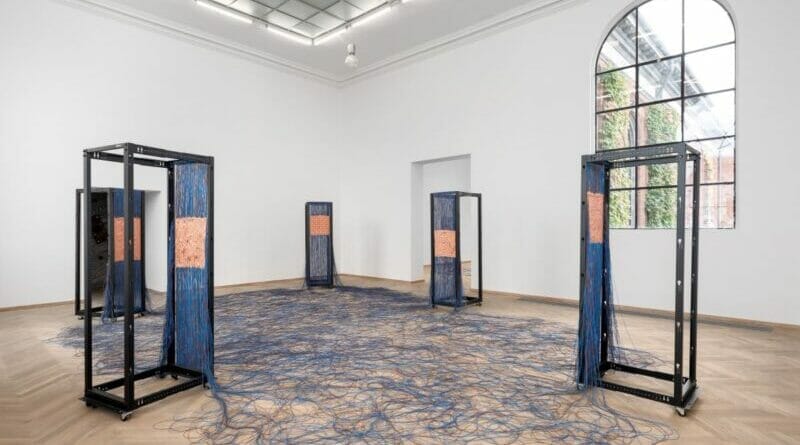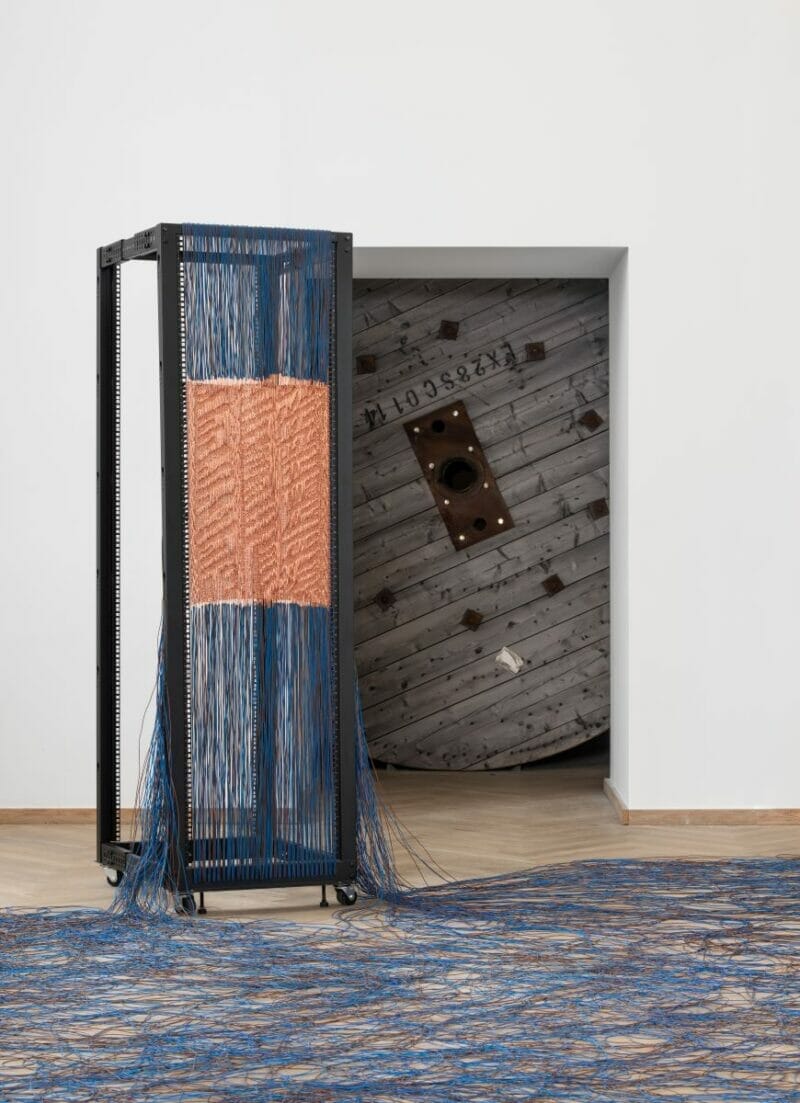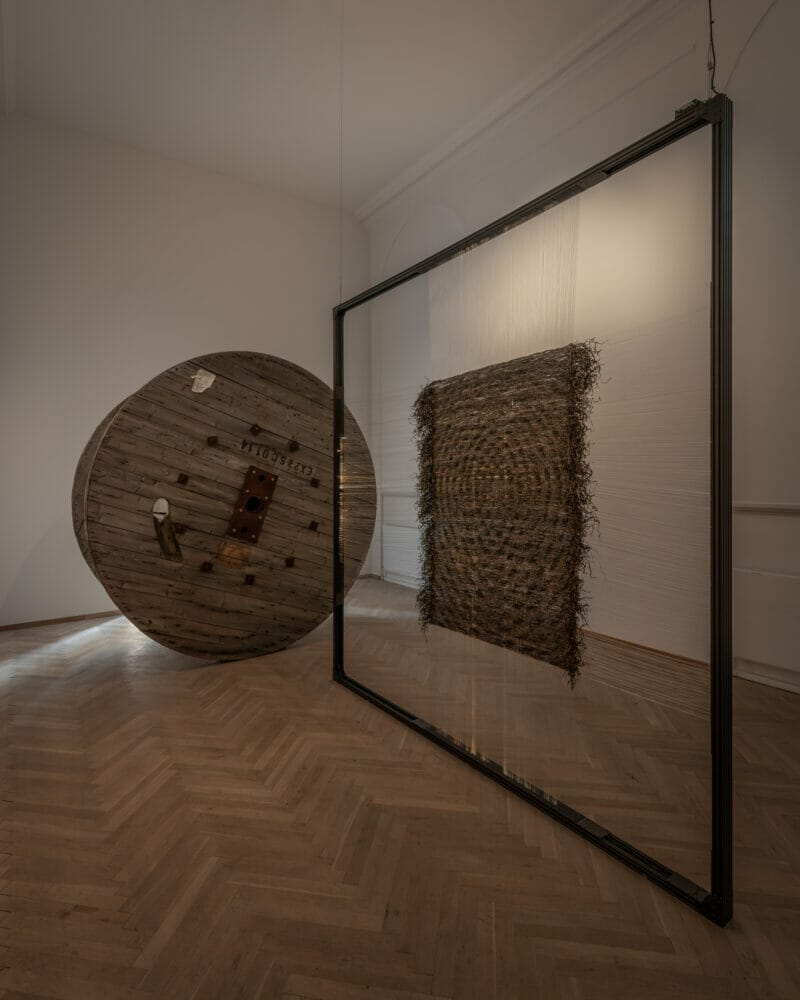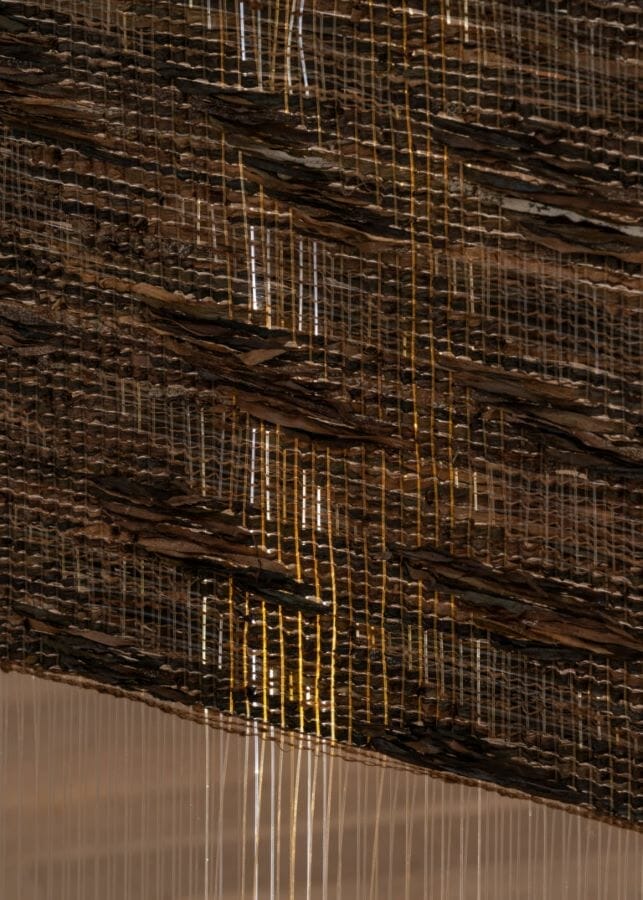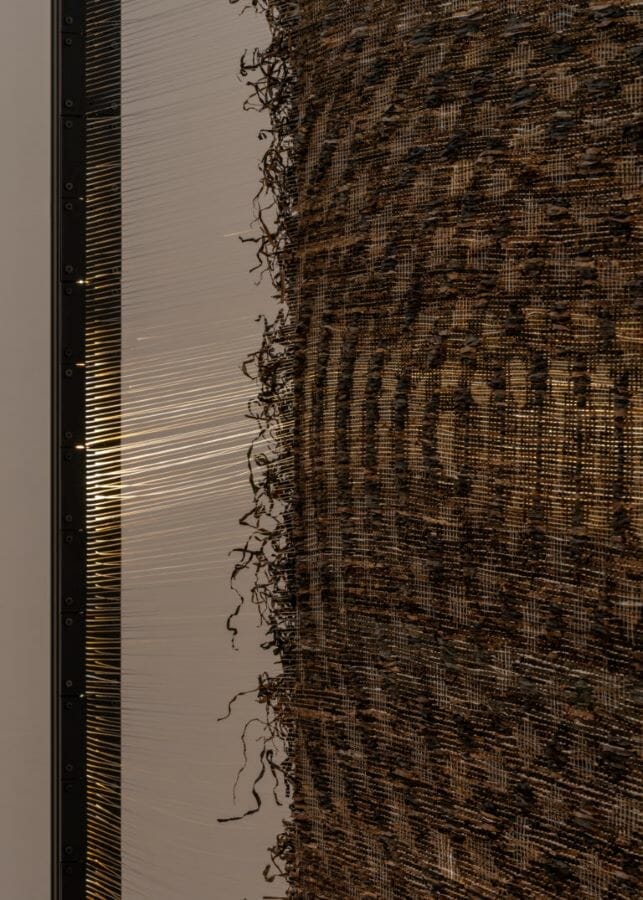Honey Biba Beckerlee
*Featured photo: Honey Biba Beckerlee, Cu in Circuit, 2019. Installation view. Digital Matters, Kunsthal Charlottenborg, 2022. Photo by David Stjernholm. Copyright Kunsthal Charlottenborg
Honey Biba Beckerlee, a Danish artist born in 1978, holds an MFA from the Royal Danish Academy of Fine Arts, DK and Städelschule, Frankfurt am Main, DE (2008) and an MA in Contemporary Art Theory, Goldsmiths College, University of London, UK (2006).
Honey Biba Beckerlee creates sculptural installations using discarded technological products.
Her work is based on research and experimentation with a feminist and neo-materialist approach and examines the connections and interconnections between geology, technology and biology. Using the methods and materials inherent in digital technology, the artist shows that what is “digital” is not an immaterial entity, but possesses a physical body, borrowing resources and knowledge from nature. Part of her project is to develop a new sensibility toward digital materials that takes into account the deep connections between humans, minerals and technology, thus coming to question anthropocentric culture to create a greater understanding of society and technological tools.
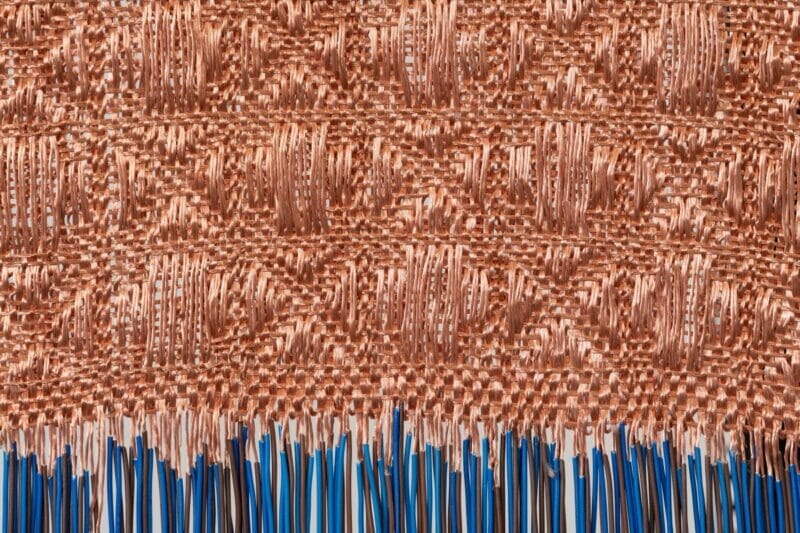
In the course of her research, Beckerlee realized that copper has a memory support function and that there is an interesting connection between copper, weaving and the invention of the computer. Among other things, she found that the earliest memory technologies of the 1950s and 1970s, before the invention of the microchip, were handwoven from copper, the first time by an American woman, Hilda Carpenter, a laboratory technician.
This discovery allows for the recognition once again of the central role of women in the writing of history and relates technology to ancient crafts, while at the same time, allowing for the exploration of what materials can do and how they are perceived, creating new ways of viewing materials, waste, and cultural impact.
In 2017 Honey Biba Beckerlee was the recipient of The Novo Nordisk Foundation, Mads Øvlisen PhD Scholarships in practice-based research and is currently in the final year of her Practice based Ph.D. between Århus University and The Royal Academy of Fine Arts, Copenhagen. The research project Digital Matters, aims to rethink current notions of immateriality in digital technology through an artistic practice. This year she was awarded the Danish Art Foundation’s 3-year work grant.
The solo exhibition Digital Matters, at Kunsthal Charlottenborg, also ended in February.
Sources: https://www.honeybibabeckerlee.com/
https://kunsthalcharlottenborg.dk/en/exhibitions/honey-biba-beckerlee/
